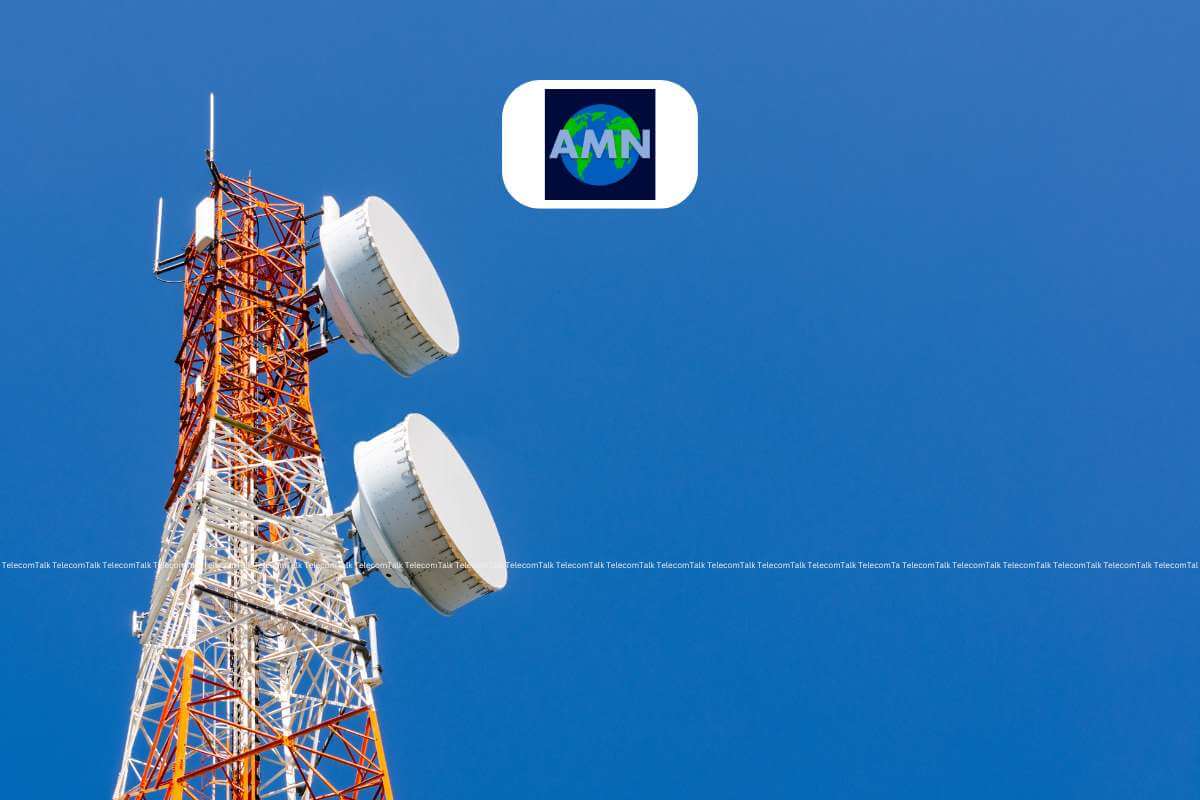
Africa Mobile Networks (AMN) has announced that the first base station using LEO (Low Earth Orbit) backhaul from SpaceX's Starlink is now live. In 2023, AMN reached a commercial agreement to use Starlink, SpaceX's constellation of satellites in low Earth orbit, to connect its mobile network base stations with high-speed, low-latency broadband services.
Also Read: Intelsat, AMN to Deploy Over 1,340 Rural Base Stations Across Three New Markets
Satellite-Powered Connectivity
AMN said by using Starlink terminals to provide low-latency satellite backhaul, it is able to deliver the full capability of AMN's multi-carrier radio access node (the ARN) with 3G, 4G, as well as 2G. The LEO backhaul also paves the way for AMN to deliver 5G services, planned before the end of 2024.
AMN began rolling out rural base stations in Nigeria in 2018, and the company now owns and operates 1600 base stations across the country. Yebu, located approximately 80 km from Abuja, was the first rural community to be connected using AMN's ubiquitous solar-powered base station.
Rural Expansion with Solar Base Stations
AMN noted that since connecting the community first in November 2018, it has processed over 9 million voice minutes in Yebu, with significant growth in 2022 and 2023 following the BTS (Base Transceiver Station) upgrade to AMN's own radio node (ARN). In 2023, the Yebu site reportedly processed almost three times the amount of traffic than it did in 2020, AMN said.
Also Read: Orange Madagascar and AMN Sign NAAS Deal to Expand Rural Coverage
Africa Mobile Networks (AMN)
AMN became an OEM for RAN equipment in 2020 following the acquisition of Range Networks and now operates more than 1200 ARNs across Africa and Latin America. AMN designs and manufactures its own BTS, uniquely developed for solar-powered rural sites, while also offering backhaul solutions.
AMN has deployed over 4000 base stations across Africa and Latin America, and the company says installation of new sites continues throughout 2024 in Nigeria, DRC, Cameroon, Madagascar, Ivory Coast, Benin, and Rwanda.















